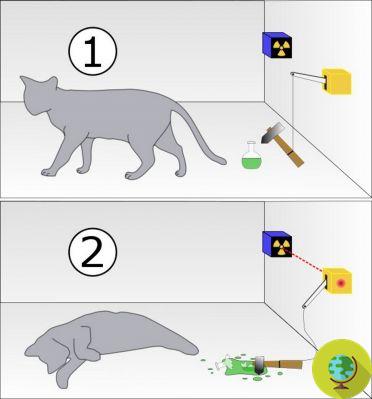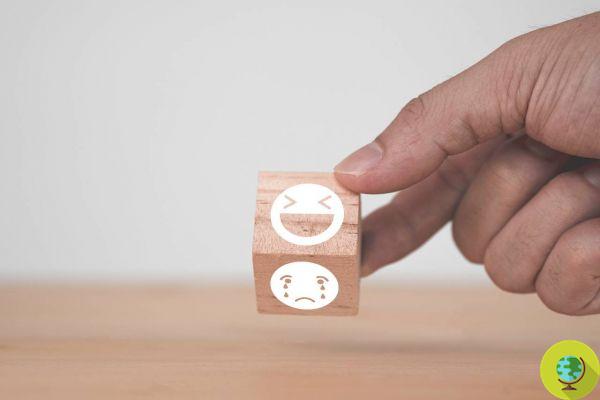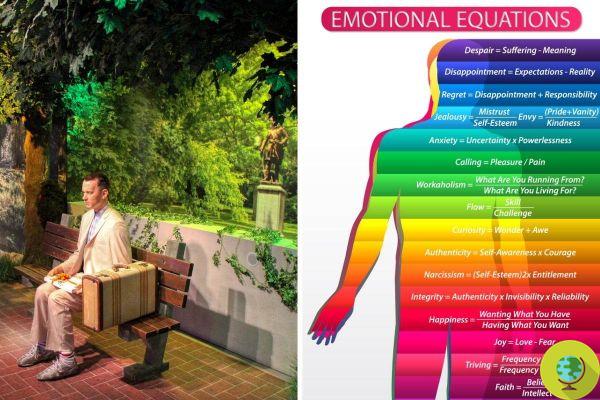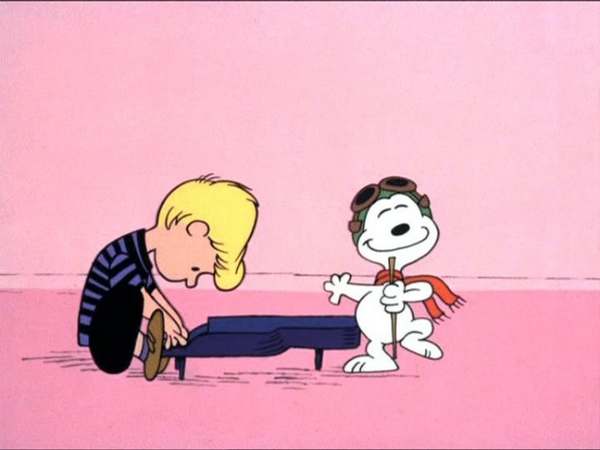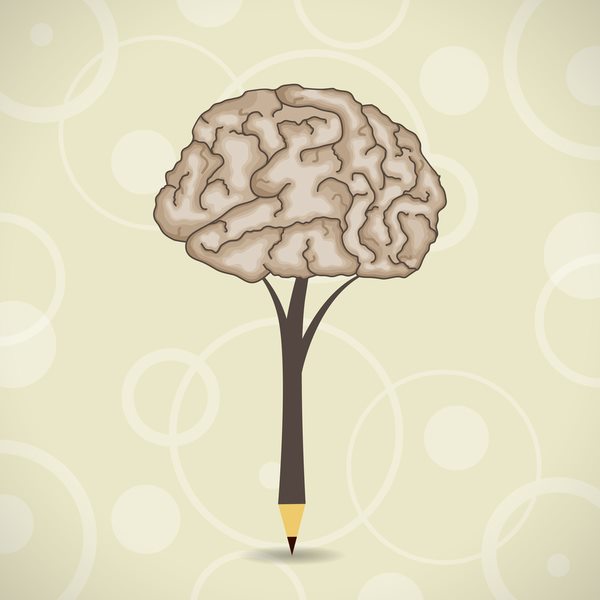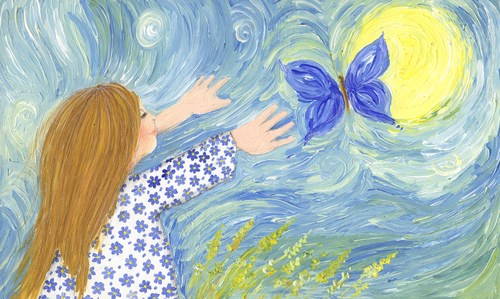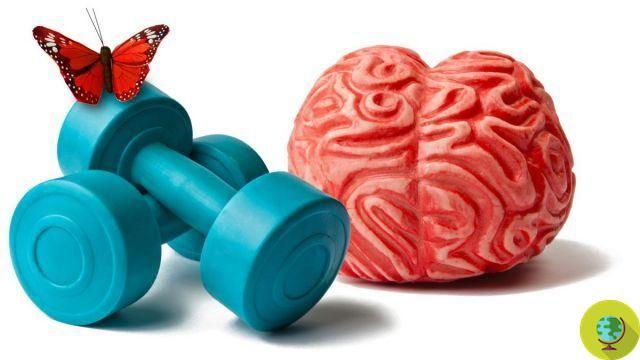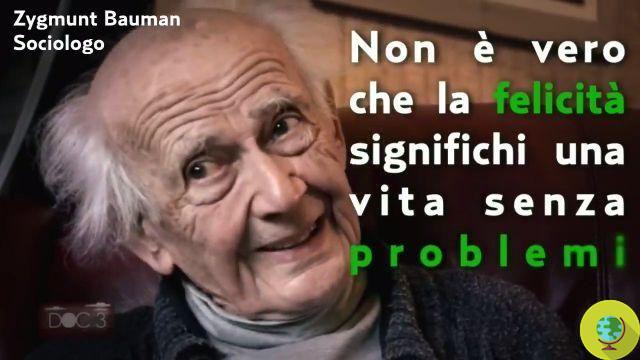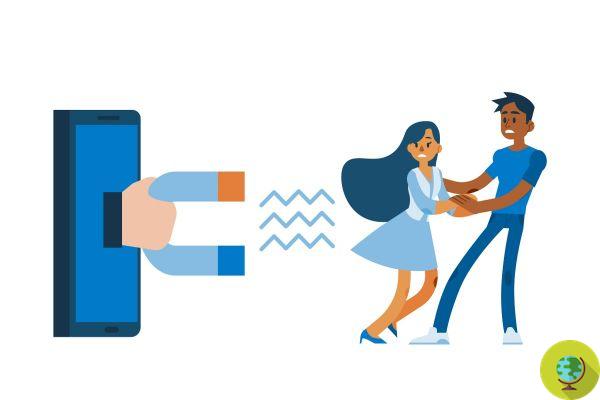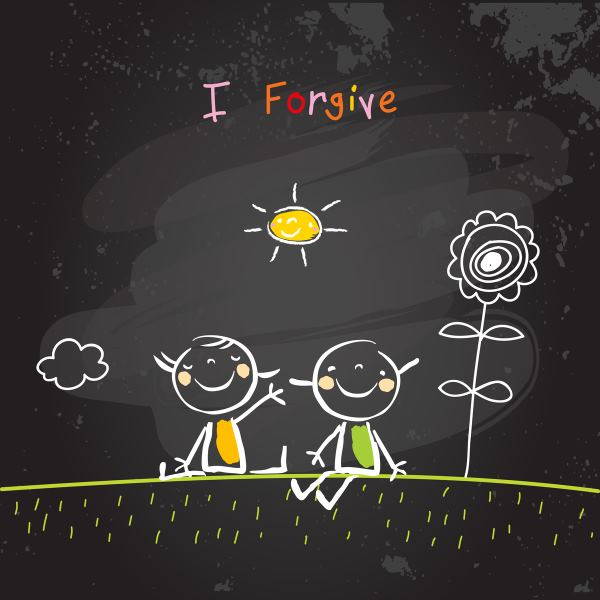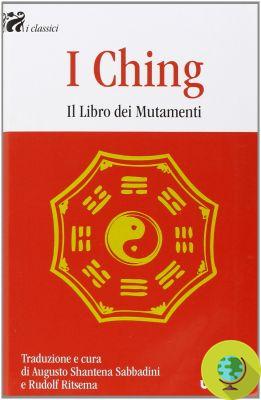
I Ching, or the Book of Changes, is the oldest divination method that collects the wisdom of Taoism and Confucianism.
Don't store avocado like this: it's dangerousI Ching, o Book of Changes, is perhaps one of the most read texts in the world and “deals with Heaven and earth, Yin and Yang, the Four Seasons and the Five Elements; it is the study of becoming par excellence ". Very ancient, it dates back to over 4000 years ago.
I Ching contains the knowledge and wisdom of the two major Chinese philosophical and religious currents, Taoism and Confucianism (and, among other things, it is considered one of the canonical books revised, integrated, enriched in content by Confucius; the others are : The Memoirs on Rites, which define the relationships between men; the Classic of Documents, which speaks of the deeds of kings in antiquity; The Classic of Odes, dedicated to poetry: the subjects are mountains and rivers, valleys and ravines, trees and grasses, animals and birds, male and female; Annals of the Springs and Autumns, or the study of the government of humanity, which deals with what is right and what is not).
The beauty and magic of the I Ching lies in its symbolic language and in the fact that its "judgments"(The information he provides, to those who ask him a question) have a universal content: they tell of profound laws that govern nature and man, respecting both their destiny and their free will. They remember that nothing stands forever (not even if he's dead). This is why it is called the "Book of Changes": because everything is constantly being transformed. It is in the making. The day follows the night and at the end of the night the day is reborn; after the sun comes the stars and the moon, winter follows spring, after a storm the clear returns and the clear sky sooner or later will see new clouds; one is born and one grows up and in every moment one changes, and in death one changes of new state; the sea moves with the tides and in the wave that comes and goes it is always the same and never the same.
When asked, the I Ching responds. Often, of the present situation, he tells much more than the interrogator already knows; it provides suggestions for dealing with things and outlining the phases of the action - hence the transformation - that must be accomplished. He also talks about the result which depends, however, on our decision to follow or not the suggestions received.
There is no doubt that - as the text itself suggests - in order to understand the answers given by the Ching it is necessary to take a series of steps: "First examine the words, meditate on everything they mean, the fixed norms then reveal themselves". And then the warning: "But if you are not the right man, the meaning will not be revealed to you". Rightly.
The Ching speak through the symbolism of the gods trigrammy who speak through the full lines, which represent the polarity Yang, and the open lines, which indicate the Yin polarity. Each trigram is made up of three of these lines, in eight different combinations; the base line represents the terrestrial Qi (energy), the central one the human Qi, the upper one the celestial Qi.
Each trigram can then be combined with each of the others, giving rise to sixty-four combinations of six lines, or the sixty-four hexagrams: living expression of the Chinese book of the oracle, they represent all the possible conditions of human life.
How do the Ching question themselves?
There are several methods: some knowledge is reserved and handed down by the (few) teachers through specific training but a basic reading is accessible to anyone. A premise is fundamental, even for the achievement of a "satisfactory" final result: The Ching should not be bothered with silly questions, nor too often. Surely it is good to do this by obtaining sufficient time, protected from "interference from others" or other distractions: you need the right atmosphere and space to get in touch with the topic that is important to you and in relation to the openness to the answer that will come, honoring the tool you use.
Specifically, you take a coin and establish, for example, that the head represents a yang line and the cross a yin line (or vice versa).
So, if you ask a very specific question (the Ching do not answer yes or no, rather they give advice on the situation), the coin is thrown six times. The first roll will determine the shape (closed or open line) of the base line of the hexagram (starting from the bottom); the second shot, the second line of the hexagram (the second line starting from the bottom, upwards) and so on.
With six draws, the hexagram will be completed, the divination ready to be read. The "sentence" (expressed in symbolic and poetic form and, normally, "translated" into a more understandable language in almost all the texts available on the market today) represents the first answer, on which the subsequent "change" is based: to every line of the first extracted hexagram correspond as many "warnings" on how that energy will move and transform through situations, people, occasions.





